Ahead of Independence Day last week, CNN went live to its correspondent Leyla Santiago. Here is how she described the upcoming celebrations: ‘Kicking off the Independence Day weekend, President Trump will be at Mount Rushmore, where he’ll be standing in front of a monument of two slave owners and on land wrestled away from Native Americans.’ She went on to report that the President was expected to focus on efforts to ‘tear down our country’s history’. And where might the President have acquired such an idea?
Even a few years ago it would have been unthinkable for a major network like CNN to have described Mount Rushmore in such nakedly hostile terms. America still had its agreed-upon holy sites, people and ideas — revered as unifying points of the nation’s past and necessary for any conceivable future. Not any more. Today every element of the American past is up for grabs, and the ferocity of the campaign may well provide the likeliest means for Donald Trump to remain in the White House.
It is stunning to watch, this unweaving of a nation. While it has been going on for decades, the latest orgy of iconoclasm has seen crowds assail statues of the Founding Fathers with equal ferocity to that aimed at Confederates. A statue of George Washington pulled down in Portland, Oregon had ‘genocidal colonist’ spray-painted on it. A statue of Thomas Jefferson, pulled down outside a school, was graffitied with ‘slave owner’ as well as the name of George Floyd.
Far from spontaneous, this is the logical conclusion of a radical, revisionist view of American history that has been fomented for years. This sees Christopher Columbus as the start of the problem, slavery as the country’s other characterising sin, and everything since then as typified by ‘white supremacy’ and racism. The campaign has been very well organised. Last year the New York Times launched its ongoing ‘1619 Project’. This presents the origin of the American story as the arrival of the first African slaves. Despite its factual and moral sloppiness, the project was awarded a Pulitzer prize. Statues downed in recent weeks have been tagged with ‘1619’, and when one commentator suggested that the recent nation-wide riots in America be called ‘The 1619 riots’, the project’s creator Nikole Hannah-Jones responded: ‘It would be an honour. Thank you.’
Nor is it just about the statues. One poll last month revealed that 70 per cent of self-identified ‘liberals’ want the US Constitution to be rewritten. Similar numbers want the national anthem to be changed and the school curriculum to take in more of the bigotry-founded-in-sin view of US history. It is in this context that President Trump chose to address the nation from Mount Rushmore.
Outside of the US there seems such a consensus on Trump that the details of what he says tend to be overlooked. They shouldn’t be. His Mount Rushmore speech was an important event. It constituted the strongest pushback a president could make against a divide that has festered during his presidency. Part of it was spent identifying enemies new as well as old. Trump talked of the ‘new far-left fascism that demands absolute allegiance’. He spoke of how this ‘left-wing cultural revolution is designed to overthrow the American revolution’. He mentioned the absurdity of an education system which teaches children ‘to hate their own country’. But the speech was more subtle than this makes it sound. The problem, as the President said, is that in this new view of history, ‘all perspective is obscured’.
He — or his speechwriters — then did something very simple. He gave a succinct history lesson on each of the four figures carved into the mountain behind him. It was a wonderful thing to hear. Not the hostile, monochrome, ahistorical register in which all dead figures have lately come to be described, but a succinct reminder of why George Washington, Thomas Jefferson, Abraham Lincoln and Theodore Roosevelt came to be immortalised. Demonstrating that this is an inclusive, not exclusionist, story, his speech wove other heroes into this tradition. Trump talked of Dr Martin Luther King’s urge to his fellow citizens ‘not to rip down their heritage, but to live up to their heritage’. And, announcing a new park to celebrate the heroes of America, he listed some of these great Americans, including Frederick Douglass, Jesse Owens and Louis Armstrong. As he finished reeling off this genuinely diverse list, he added: ‘Only America could have produced them all.’
Trump’s critics responded in the only way they know how. The Washington Post ran a column claiming the President was running ‘an openly racist campaign’ and that ‘everyone knows that what he is really defending is not “our freedom” or “our history” but, rather, “white power”’. CNN asserted that in his speech, the President had ‘defended Confederate monuments’, when he had done no such thing. And Senator Tammy Duckworth (one of the women Joe Biden may choose as his running mate) claimed that the President had ‘spent all his time talking about dead traitors’. Asked whether statues of George Washington should come down, she ducked what has become a difficult question.
Of course what the President is doing is just the most basic counter-play. When his opponents talk about 1619, he talks of 1776 and 1492 (‘when Columbus discovered America’). When the revisionists talk about how terrible American history is, he reminds the public of how great their history is. While protestors urge Americans to be cringing, guilt-ridden and weak, the President urges them to be proud and strong. And when the nation is told to ‘take the knee’, Trump claims (with somewhat limited truthfulness) that ‘we only kneel to Almighty God’.
The President has plenty of problems of his own to deal with. But in fighting back against the 1619 view of American history, he is doing something important not just for his own survival, but for the survival of the republic. After all, if Mount Rushmore is ‘stolen’, then what of the rest of the country? And if all the land is stolen, the Founding Fathers were only slavers and the Constitution is a product of ‘white supremacy’, then what exactly holds this grand, quarter–millennial project together? Trump has his own answer, and doubtless for his own reasons. But it is a better, far more unifying answer than the dismantling options being offered by his opponents. And who knows, perhaps in an election year that fact will count for something.
Got something to add? Join the discussion and comment below.
Get 10 issues for just $10
Subscribe to The Spectator Australia today for the next 10 magazine issues, plus full online access, for just $10.
SPECTATOR.CO.UK/AMERICANO
Freddy Gray talks to Douglas Murray on the rewriting of American history.
You might disagree with half of it, but you’ll enjoy reading all of it. Try your first month for free, then just $2 a week for the remainder of your first year.


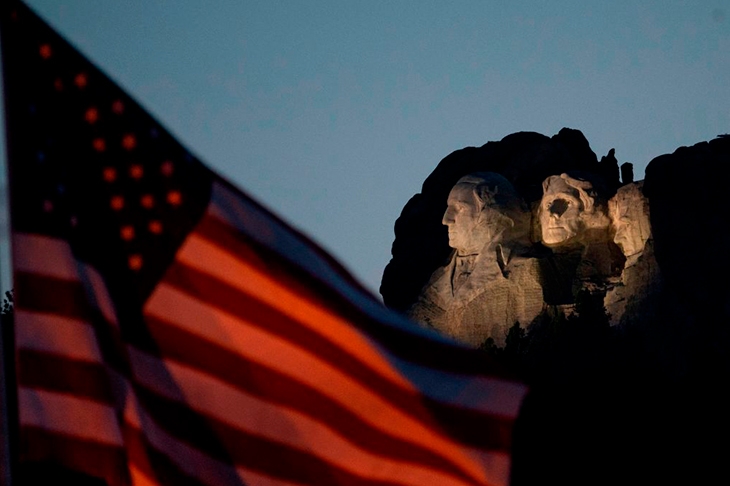

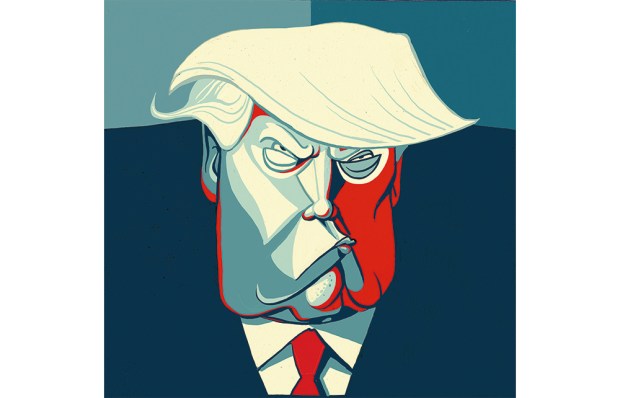
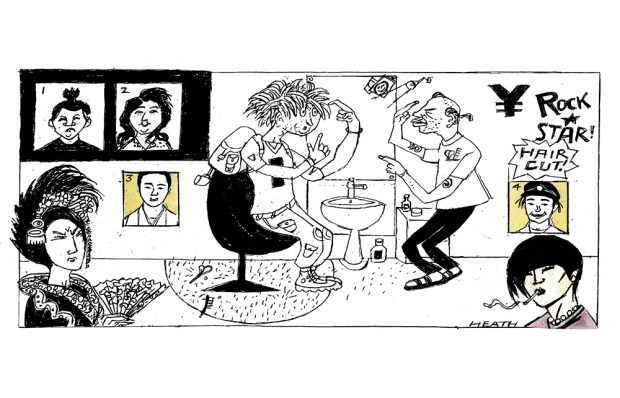
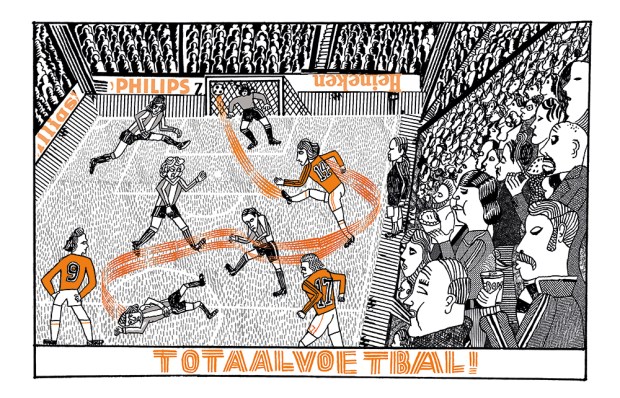
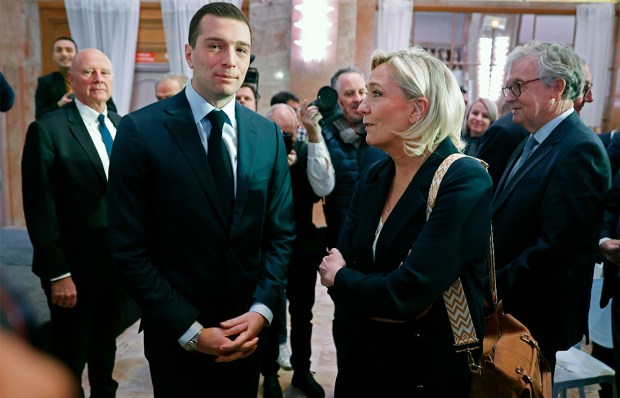
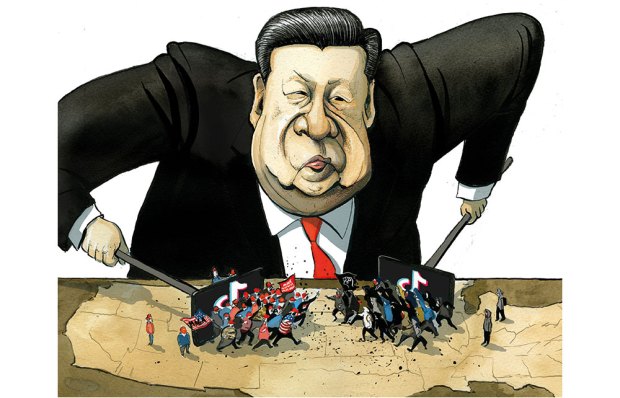






Comments
Don't miss out
Join the conversation with other Spectator Australia readers. Subscribe to leave a comment.
SUBSCRIBEAlready a subscriber? Log in